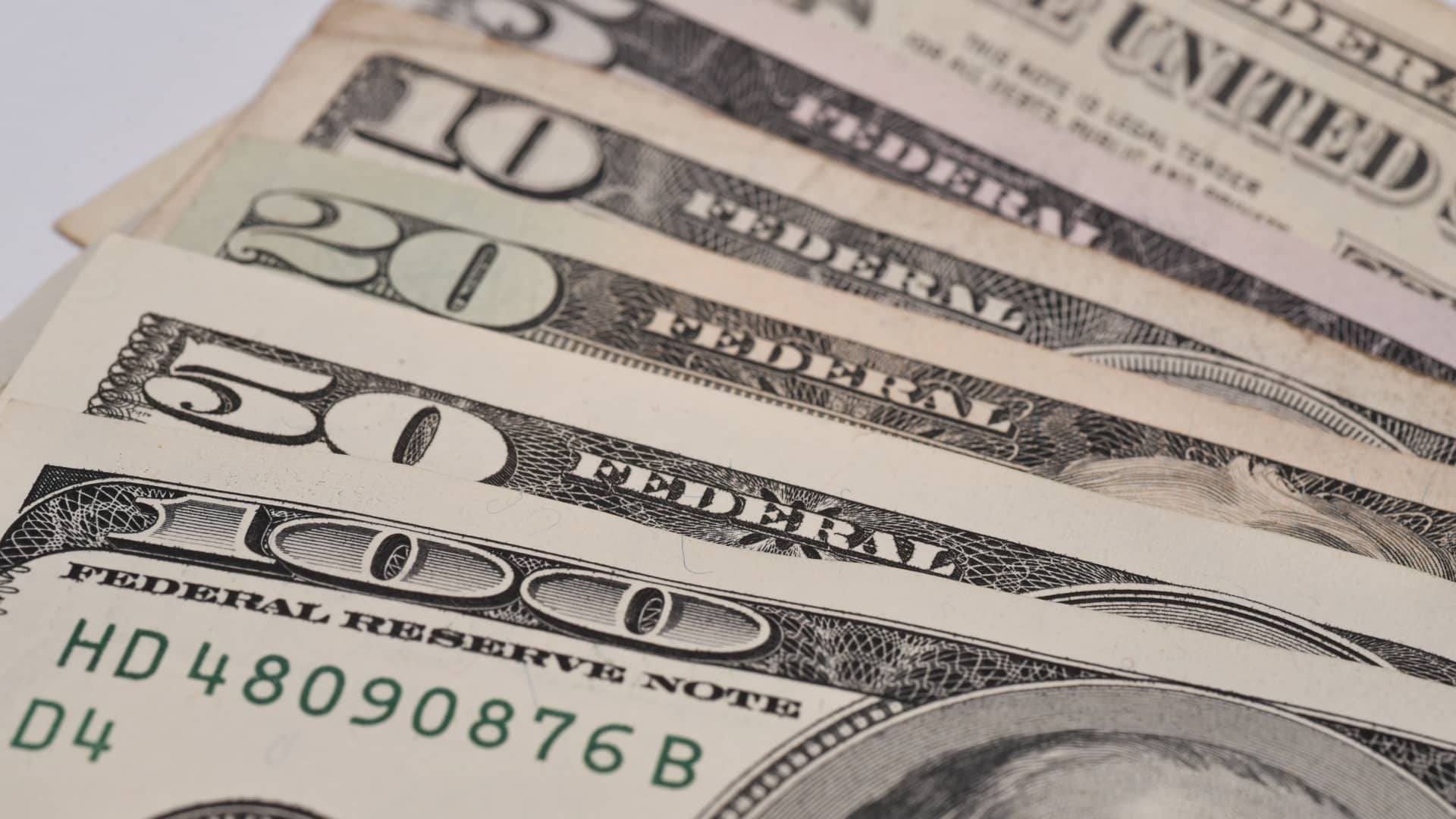
Rapidly rising rates are playing havoc with companies that need to borrow money, dramatically raising borrowing costs. Another knock-on effect of higher rates: stock buybacks may be reduced. Until recently, corporate America was awash in cash and busy distributing the money in the form of dividends and buybacks. But that may be changing. According to S & P Global, corporate America is sitting on roughly $2.5 trillion in cash. That excludes companies such as banks, insurance companies and utilities that are required to keep reserves. Most of the $2.5 trillion is invested in short-term debt securities that now yield close to 5%. That represents a potentially significant source of revenue, particularly for the companies with the largest cash hoards. “Two years ago, corporations were getting almost nothing on their cash holdings,” said Howard Silverblatt, senior index analyst for S & P Dow Jones Indices. “Now, they can make good money, they should be getting over four percent easily.” Buybacks decline A few weeks ago, S & P Global released its quarterly report on stock buybacks. Curiously, buybacks were down significantly: to $174.9 billion in Q3 from $215.5 billion in Q1, a quarter-over-quarter decline of 18.8%. A good part of the reason for the decline can be attributed to the banking crisis and expectations for more regulation, which would cause banks to hoard more cash. Technology and financials are the primary users of buybacks, accounting for almost half of the expenditures. That makes sense, but buried in the report is this comment from Silverblatt: “Going forward and given the market’s expectations that higher interest rates will continue for longer…buyback expenditure in excess of option coverage will be challenged for all but the top-tier cash-flow issues.” The implication: in a higher interest rate environment, corporate America may be more inclined to hold cash as a hedge, which would imply fewer buybacks. There’s another factor when yields on short-term bonds are at or near 5%: cash can suddenly become an offset to a difficult macro environment. “More cash means more interest as a way to boost your earnings, especially if the macro condition is deteriorating,” Alec Young from MAPSignals told me. “Five percent is now all over the yield curve,” he told me. “Those companies with high cash levels are going to earn significant amounts of money on their short-term marketable securities.” Young provided a list of “S & P 500 Cash Kings,” companies with the largest cash hoards, all of which are in big tech or big oil. S & P 500 Cash Kings Apple $166.5 b Alphabet $149.6 b Microsoft $121.1 b Exxon Mobil $69.1 b Amazon $66.5 b Meta $59.7 b Chevron $56.4 b Cisco $26.1 b Intel $24.4 b Tesla $23.1 b IBM $16.3 b Nvidia $15.0 b Salesforce $14.0 b Source: MAPSignals These 13 companies collectively hold more than $800 billion in cash, about 30% of the cash hoard of the entire S & P 500. Silverblatt notes that in the case of Apple, roughly $62 billion of the $166 billion is “short-term” debt (due within one year). The other roughly $100 billion is in marketable securities with a term of more than one year. Young said that just because some companies have very high cash levels isn’t reason enough to suddenly become bullish on stocks, but it is an incremental positive in an increasing rate environment. “Cash is now a cushion against a weaker economy,” Young told me. “For companies with cash, a 5.5% interest rate environment helps act as a cushion against any macro problems that may arise.” As for buybacks, full third quarter data will not be out until companies report in the next several weeks. Silverblatt is expecting buybacks to be lower into the fourth quarter, due mostly due to the higher rate environment. “Companies are nervous and concerned, and when that happens discretionary buybacks usually decline,” he told me.
